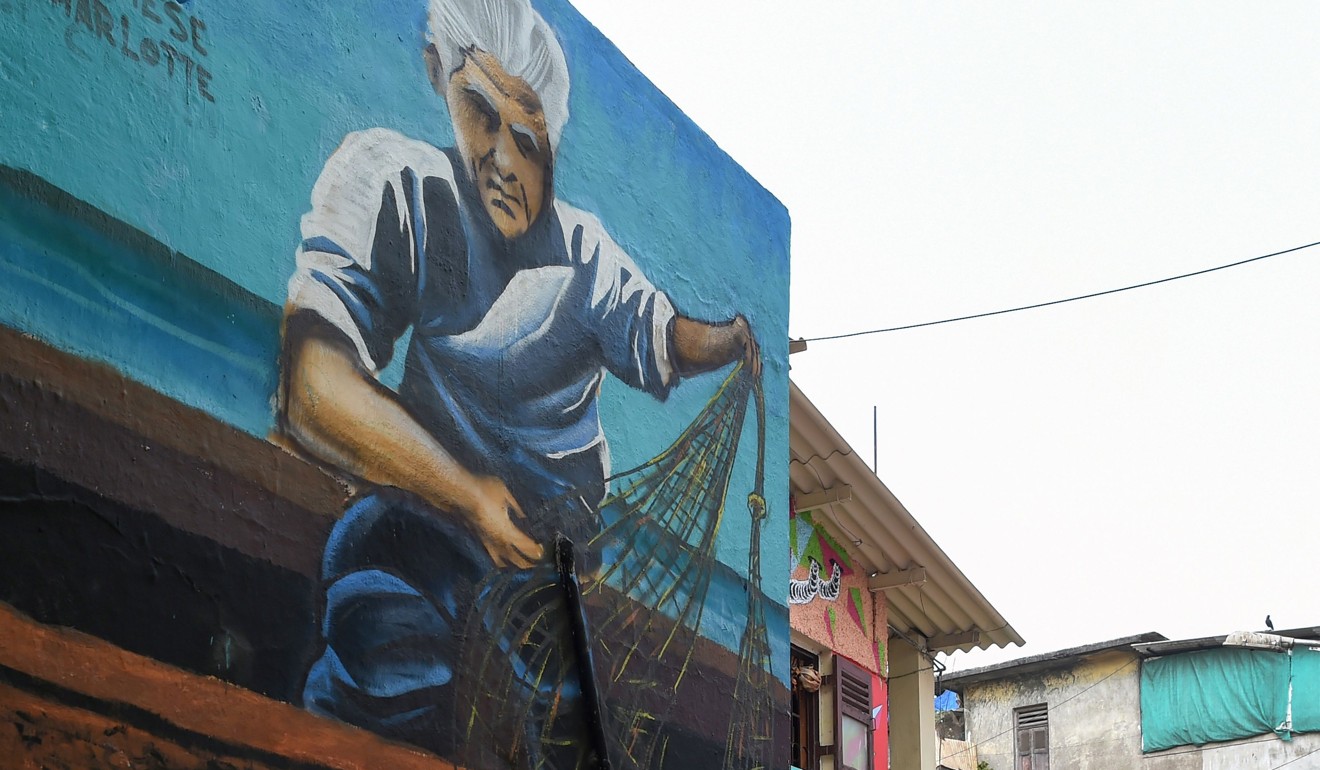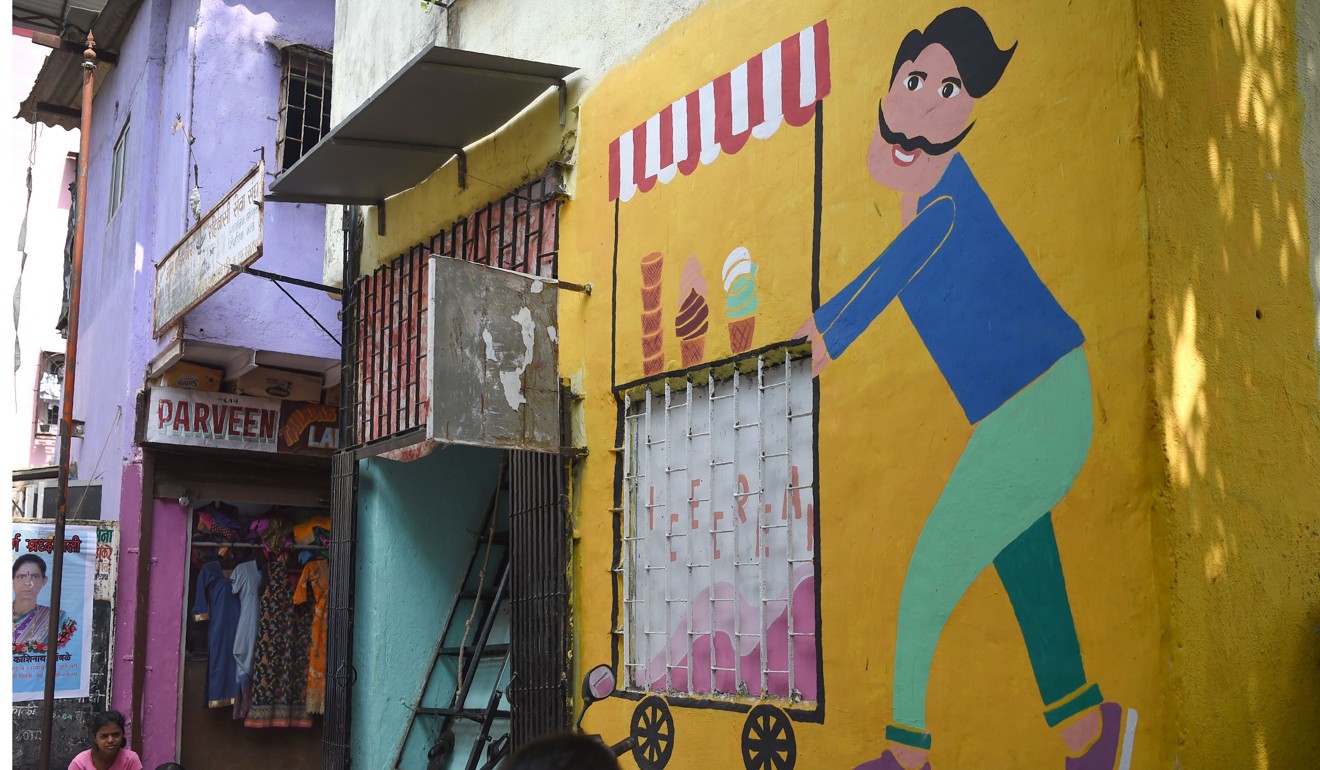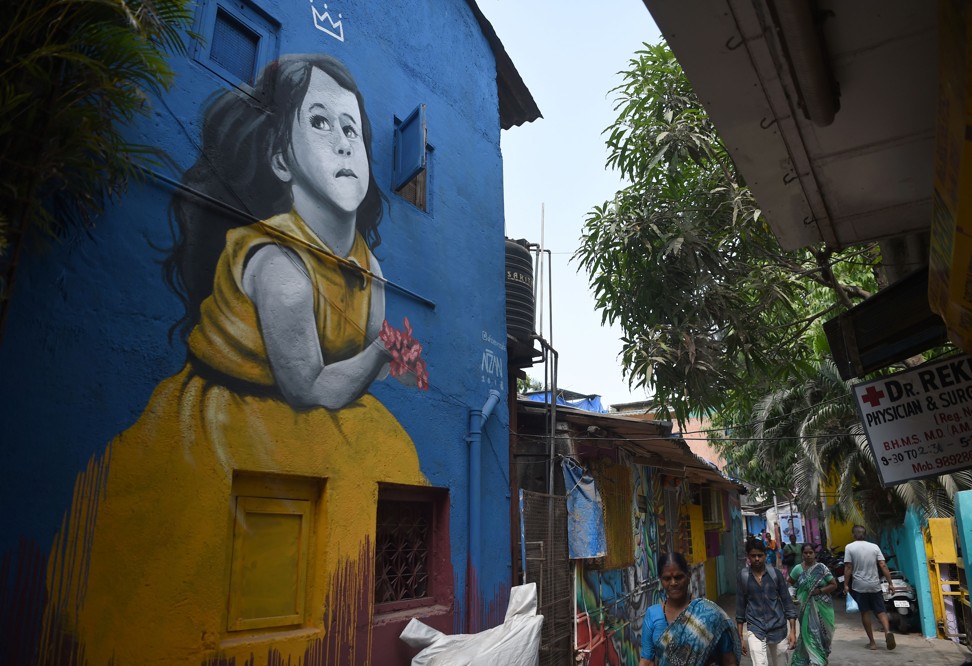
Mumbai slums get colourful makeover in attempt to change perceptions of poverty
Non-profit organisation Chal Rang De (Let’s Go Paint) is making a bid to transform the slums of Mumbai. Artists and volunteers are painting buildings in bright colours and making murals to accentuate the positives of the slums
Mumbai’s slums are getting a colourful makeover thanks to an organisation that aims to change how people perceive deprived areas in India’s financial capital.
Volunteers have transformed some 12,000 homes across four different areas in the city of 20 million people.
Artists have also created several elaborate murals as part of the initiative by non-profit group Chal Rang De, which means “Let’s Go Paint”.
“We wanted to change the way people look at slums in Mumbai, in India,” says the organisation’s co-founder Dedeepya Reddy.
“When you say ‘slums’ all you think about are the negative things, the dirtiness. That becomes a reflection of the people who stay here but it’s not the case.”

Around 40 per cent of Mumbai’s population live in slums, according to various estimates. The settlements are typically cramped and structures are often dilapidated and lack access to proper toilets.
In India’s artist village, every home is a gallery
Chal Rang De was born last year when Reddy had the idea to paint the outside homes in the gloomy hilltop slum village of Asalpha in the north of the city.
Some 750 volunteers answered a call on social media to help brighten up the area by painting homes in a rainbow of colours.

The group then turned their attentions to three neighbouring settlements in the northern suburb of Khar. Almost 3,000 volunteers turned up over two weekends last month.
The Gurkha soldiers who stayed on in Hong Kong, and one place they settled: Yau Ma Tei, where flavours of Nepal abound
“It gives so much hope that people don’t care about getting their hands dirty and want to do something for society. It’s so simple, you take a paintbrush and feel like you can change the world,” says Reddy.
The 31-year-old says residents are initially sceptical when she approaches them with the idea but are quickly convinced.

Mumbai’s slums flood during the annual monsoon from June to September. Large areas of the city turn blue as residents place tarpaulins over their corrugated iron roofs to try to keep out heavy rains.
Chal Rang De has teamed up with a waterproofing company to lay special material that will prevent leakages for up to five years.

“We are also colouring the top of that material so when you fly you will see a very different kind of Mumbai,” says Reddy.
After the monsoon ends Chal Rang De will start planning ways to transform its next slum.
“When you see something that looks like an eyesore to someone, it looks like a canvas to us. We want to colour the entire country,” she says.

.png?itok=arIb17P0)